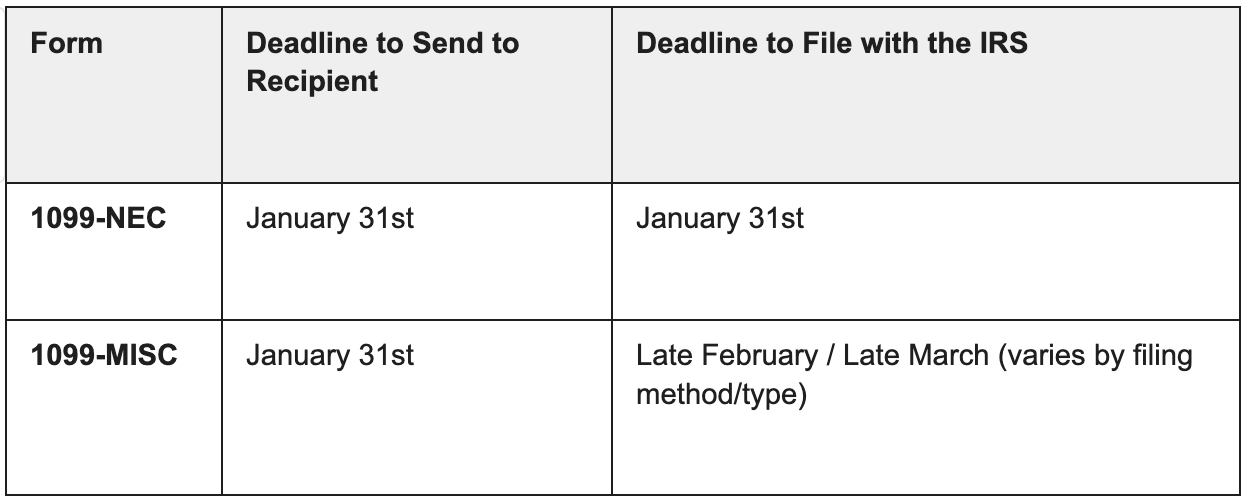
Drive Profits With These Cost-Saving Measures
Question: “Can cost-saving measures in the business truly be a key driver of profits?”
Running a profitable business is one of your key goals as an owner. Without profits, there’s no capital to reinvest in the business, no funds to grow the company and no money for your own dividend payment at the end of the financial year.
So, is cost-saving the answer in these challenging economic times?
Answer: “Careful management of costs is a fundamental way to improve your profit margins and profitability as an enterprise”
Cost-saving measures will have a direct and measurable impact on your profits. This is usually achieved via two main mechanisms.
Firstly, reducing your variable costs (like raw materials or direct labor) increases your gross profit margin. This retains more revenue from each sale you make as a business.
Secondly, lowering fixed overheads (such as rent or software licenses) directly reduces the total expenses on your profit and loss statement, leading to a higher net profit. This immediate bottom-line improvement makes you a more financially healthy prospect to investors and lenders – which, in turn, can often make it easier to access funding and grow the business.
Want to know more about cost-saving measures?
Talk to the team about your profit goals and we’ll advise you on the key ways you can reduce your overheads and expenses to drive improved profits.
The following content was originally published by BOMA. We have updated some of this article for our readers.





